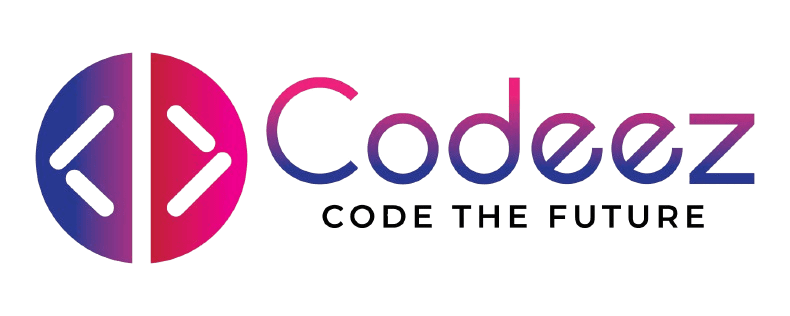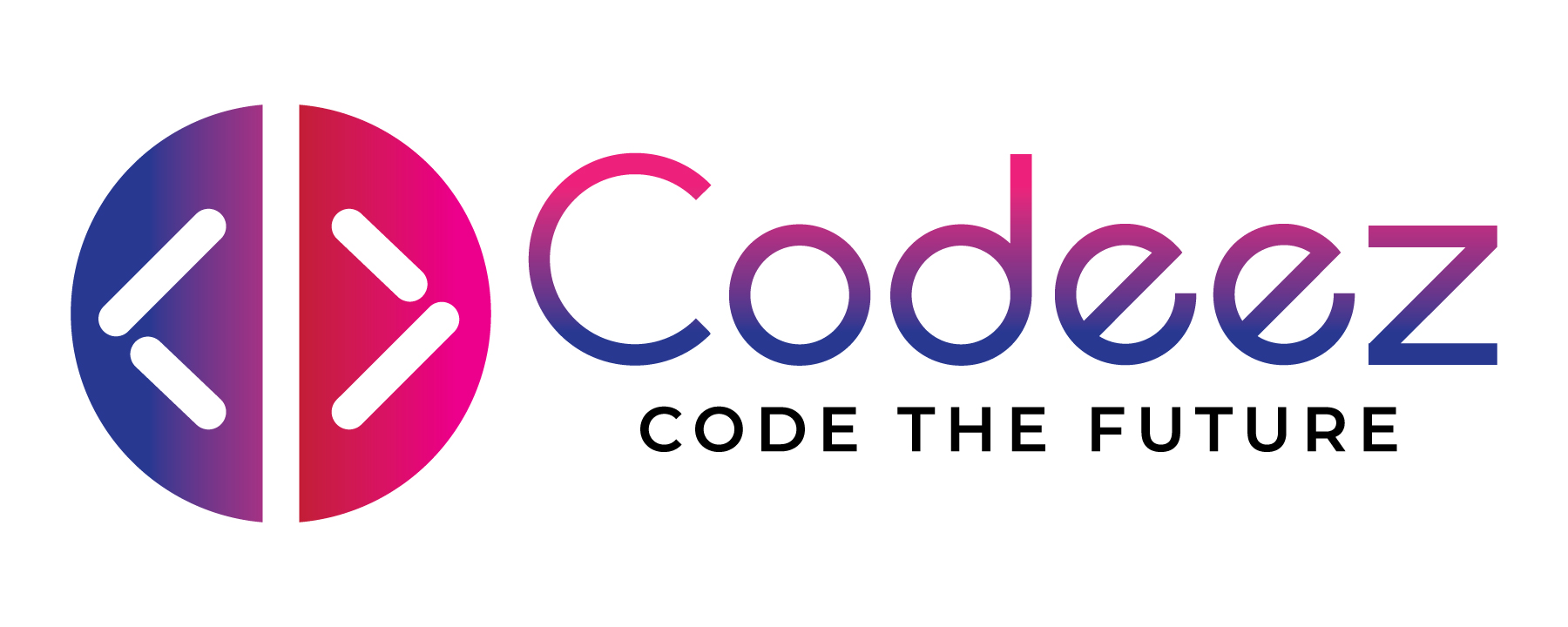Python is one of the most popular and versatile programming languages in the world. Whether you’re a beginner or an aspiring developer, learning Python can open doors to countless opportunities in various fields, including web development, data science, machine learning, and more.
Why Python?
Python is known for its simplicity and readability, making it an ideal language for beginners. It has an extensive standard library and a supportive community, which makes problem-solving easy and efficient. Whether you’re automating tasks, analyzing data, or building web applications, Python provides all the tools you need.
Essential Python Libraries and Tools
- NumPy and Pandas
These libraries are essential for data manipulation and analysis. NumPy provides support for large, multi-dimensional arrays and matrices, while Pandas makes it easier to work with structured data. - Matplotlib and Seaborn
For data visualization, Matplotlib and Seaborn are the go-to libraries. They allow you to create insightful graphs and charts to better understand data trends. - Django and Flask
If you’re interested in web development, Django and Flask are two powerful frameworks for building web applications. Django is great for larger projects, while Flask is lighter and more flexible for smaller projects. - TensorFlow and PyTorch
These libraries are crucial if you want to dive into machine learning and deep learning. Both libraries offer comprehensive tools for building neural networks and AI models. - BeautifulSoup and Requests
For web scraping, BeautifulSoup makes it easy to extract data from HTML files, while Requests simplifies HTTP requests, making it easier to interact with web services. - Jupyter Notebook
For interactive programming and data analysis, Jupyter Notebook is a must-have. It allows you to write and execute code in chunks, making it easy to document and share your findings.


How Python Helps Developers
Python’s versatility is its greatest strength. You can use it for:
- Web Development: Build dynamic websites with Django or Flask.
- Data Science: Analyze data and visualize trends using NumPy, Pandas, and Matplotlib.
- Automation: Python is perfect for writing scripts to automate repetitive tasks.
- Machine Learning: Python’s robust libraries like TensorFlow and Scikit-learn make it the go-to language for AI and ML projects.
How to Start Learning Python
Start with the basics: variables, loops, functions, and object-oriented programming (OOP). Once you’re comfortable, dive deeper into specialized libraries based on your interests. With Python, you can work on small projects to build your portfolio and get hands-on experience.



